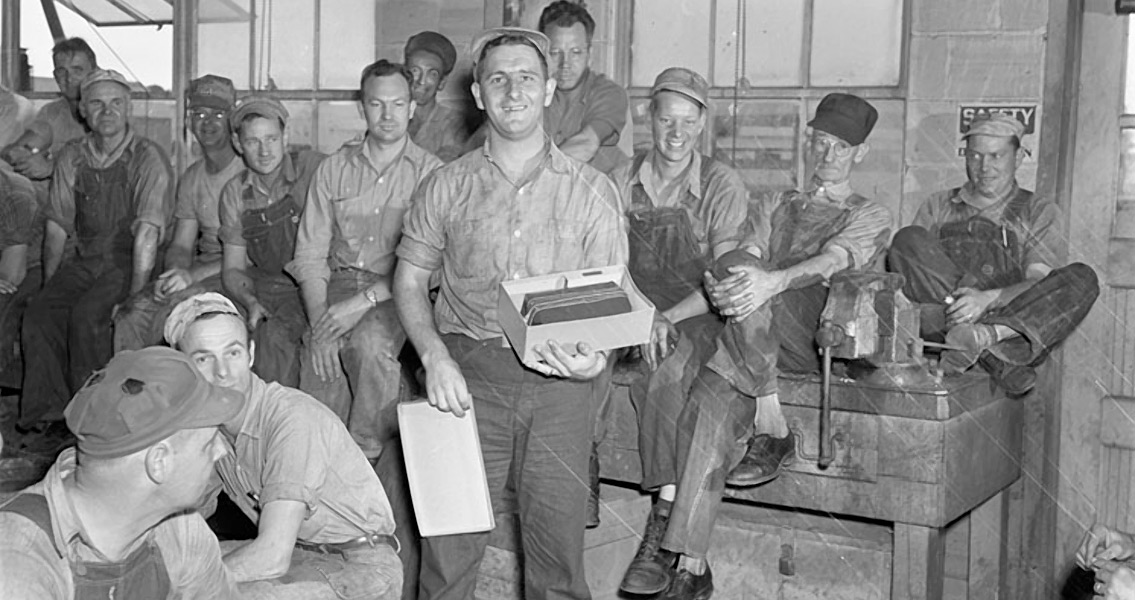<![CDATA[A shocking moment in the history of US politics occurred on 5th January, 1970, when the bodies of Joseph 'Jock' Yablonski, his wife Margaret and his 25 year old daughter Charlotte were discovered in their Pittsburgh farmhouse. The grisly crime brought to an end a series of assassinations over the preceding decade which seemed to reflect a volatile and divided United States. In the 1960s President John Kennedy, his brother Senator Robert Kennedy, Martin Luther King, Malcolm X and civil rights activist Medgar Evers had all been killed. All of them were well known, public figures. Most of them forged a reputation on challenging the status quo in the United States. Jock Yablonski, ultimately the target of the brutal assassinations in Pittsburgh, was just as controversial. In the years leading up to his death he had challenged W.A Boyle's leadership of the United Mine Workers of America (UMWA), accusing the long term union president of cronyism and corruption. The murders themselves took place on New Years Eve, 1969. For weeks, three gunmen had stalked Yablonski, hoping to find an opportunity to corner and kill him. On 31st January, their opportunity finally came. Sneaking into the Yablonskis' home, they shot and killed Charlotte in her bed as she slept. Moving onto the parent's bedroom, they then killed Jock and Margaret, shooting Jock before he had a chance to reach the shotgun he kept close to his bed. Although the three killers: Paul Gilly, Aubran Martin and Claude Vealey, were arrested soon after the assassination, there was an immediate suspicion that Boyle had somehow been involved, with suggestions the murderers had been hired killers. John Lewis, president of the UMWA for forty years, had brought Boyle into the union's leadership in the 1940s. Boyle became Lewis' protege, taking on increasingly important roles. In the 1960s, as Lewis' retirement became imminent, Boyle was nominated as his successor. Boyle's reign continued a trend that started with Lewis in the 1920s, the UMWA becomingly increasingly undemocratic with a close knit ruling heirarchy. Leaders were handpicked from above rather than elected from below, and were forging a tight bond with the bosses of the mining industry. By the mid 1960s, the arrangement was causing increasing discontent among the union's rank and file membership. Along with a feeling that the UMWA had become a corrupt mess, members felt that the union was failing to do enough for the health, safety, and welfare of the miners. Yablonski, a one time member of UMWA's executive board, broke ranks and caused controversy when he ran against Boyle for the union's leadership. Yablonski's campaign was an aggressive one, accusing Boyle of running a 'dictatorship' and labelling him a 'crook and embezzler'. Yablonski lost, supposedly by a 2 to 1 margin, but he quickly reported to Federal officials that Boyle had won by fraud, prompting an investigation into the electoral process. The connection between Boyle and the murders only came to light a few years later, an indirect result of the investigation into the electroal process triggered by Yablonski. Boyle was eventually found guilty of embezzlement, while also losing the union's leadership in a new election. A Philadelphia prosecutor, Richard A. Sprague, took over responsibility for the Yablonski case, and over three years eventually traced the crime to the UMWA. Indicted in 1973, Boyle's trial saw several witnesses testify that not only had he ordered the killing of Yablonski, he had personally transferred the $20,000 in payment to the killers. Boyle was found guilty, and sentenced to three consecutive life sentences. Boyle died in prison in 1985, protesting his innocence until the end. For the UMWA, the brutal crime triggered substantial reform. Image courtesy of the Library of Virginia ]]>
Cronyism, Mining and Murder – The Death of 'Jock' Yablonski
